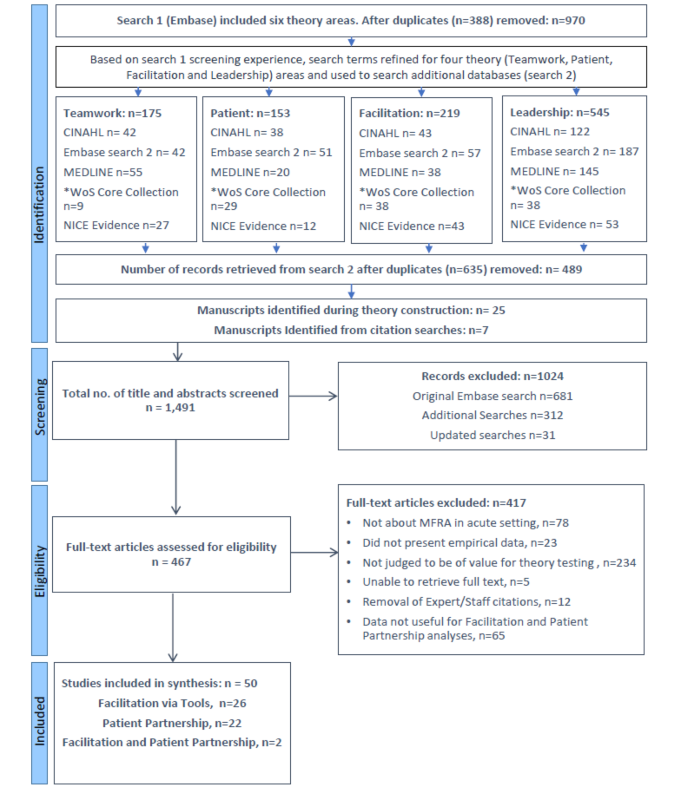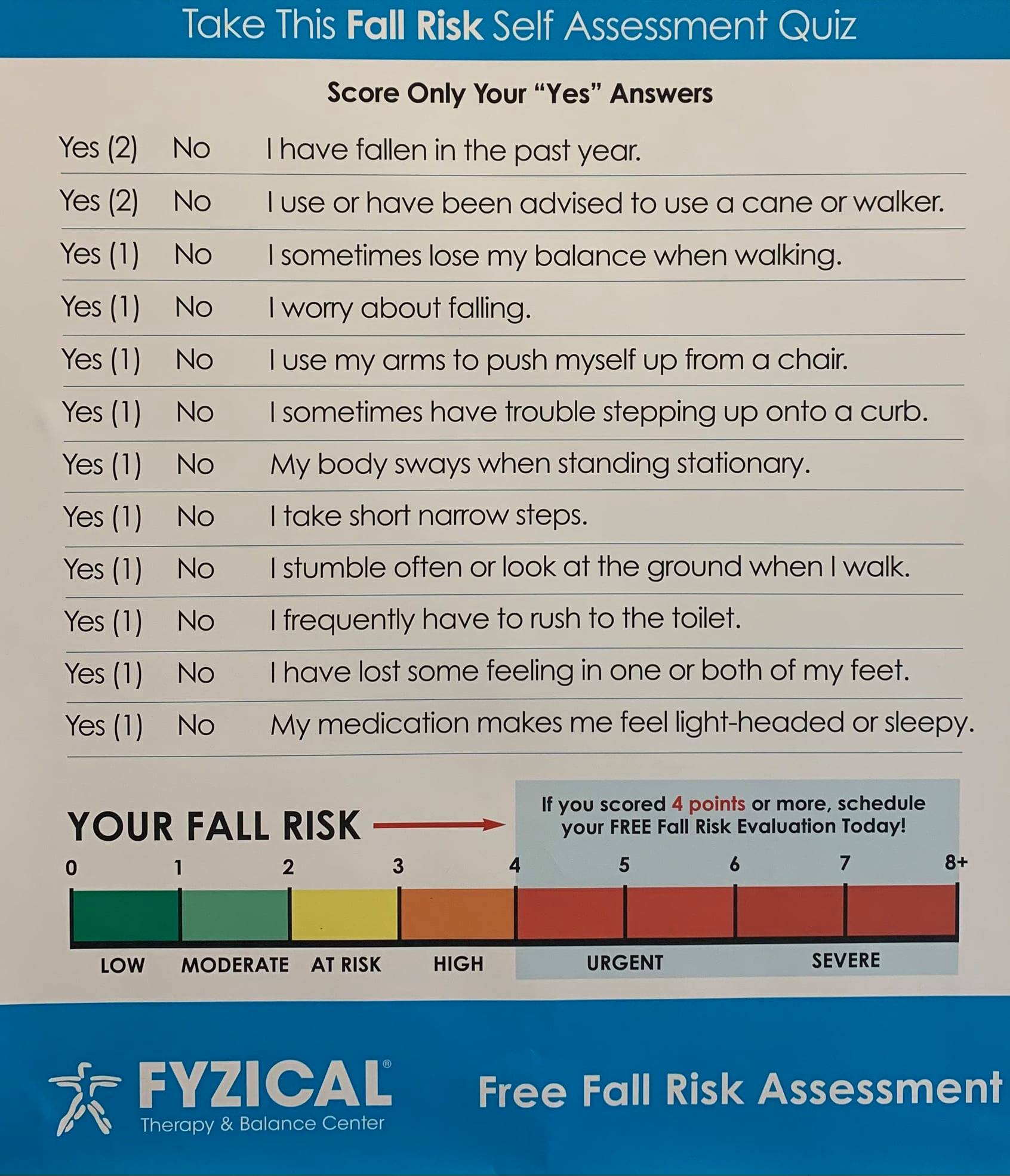What Does Dementia Fall Risk Do?
Some Known Details About Dementia Fall Risk
Table of ContentsDementia Fall Risk Fundamentals ExplainedUnknown Facts About Dementia Fall RiskSome Known Facts About Dementia Fall Risk.The smart Trick of Dementia Fall Risk That Nobody is DiscussingThe smart Trick of Dementia Fall Risk That Nobody is Talking About
In the community, poor street lights or unsafe creeks and garbage dumps might likewise cause crashes. Loss Danger Evaluation Device (FRAT) is a 4-item falls-risk testing tool for sub-acute and residential treatment. The FRAT has three sections: fall risk condition, danger factor list, and action plan. A Fall Threat Status consists of information about background of recent drops, medicines, emotional and cognitive condition of the client.If the patient scores on a risk aspect, the equivalent number of factors are counted to the patient's loss risk rating in the box to the much. If a patient's loss danger score completes five or higher, the person is at high threat for falls. If the client ratings only 4 factors or reduced, they are still at some danger of falling, and the registered nurse ought to utilize their ideal clinical assessment to take care of all loss risk aspects as component of a holistic care plan.
These standard approaches, in basic, help establish a risk-free atmosphere that decreases accidental drops and marks core preventative procedures for all patients. Indications are vital for people at danger for falls.
The Basic Principles Of Dementia Fall Risk
Wristbands ought to consist of the person's last and first name, date of birth, and NHS number in the UK. Just red shade should be used to indicate unique person status.
Things that are also far might need the patient to reach out or ambulate unnecessarily and can possibly be a threat or add to drops. Assists prevent the patient from heading out of bed without any type of assistance. Nurses reply to fallers' phone call lights quicker than they do to lights started by non-fallers.
Aesthetic problems can significantly cause falls. Hip pads, when put on effectively, might lower a hip crack when loss takes place. Maintaining the beds closer to the floor lowers the risk of falls and severe injury. Positioning the cushion on the flooring considerably minimizes loss threat in some health care settings. Low beds are created to lessen the range an individual falls after moving out of bed.
The Definitive Guide to Dementia Fall Risk
People that are high and with weak leg muscle mass who attempt to rest on the bed from a standing setting are likely to drop onto the bed because it's as well reduced for them to reduce themselves securely. Also, if a tall client efforts to stand up from a low bed without aid, the individual is most likely to fall back down onto the bed or miss the bed and fall onto the flooring.
They're designed to promote prompt rescue, not to avoid falls visit the site from bed. Audible alarms can likewise advise the patient not to get up alone. The usage of alarm systems can also be an alternative to physical restrictions. Other than bed alarm systems, raised supervision for high-risk individuals additionally might aid stop drops.
-copy-5.jpg)
Clients with an evasion stride increase fall chances significantly. To lower loss threat, shoes must be with a little to no heel, slim soles with slip-resistant step, and sustain the ankle joints. Encourage person to make use of nonskid socks to stop the feet from gliding upon standing. Nonetheless, urge individuals to put on ideal, well-fitting shoesnot nonskid socks for motion.
The 10-Second Trick For Dementia Fall Risk
Patients, especially older grownups, have decreased aesthetic capability. Lights a strange setting assists raise exposure if the person need to stand up in the evening. In a research study, homes with appropriate lights report less falls (Ramulu et al., 2021). Improvement in illumination at home might minimize loss rates in older grownups (Dementia Fall Risk). Making use of stride belts by all healthcare service providers can promote security when aiding clients with transfers from bed to chair.

Sitters work for guaranteeing a safe, safeguarded, and safe atmosphere. Researches showed very low-certainty evidence that sitters reduce autumn danger in severe care healthcare facilities and just moderate-certainty that alternatives like video clip surveillance websites can decrease sitter use without increasing loss danger, suggesting that sitters are not as useful as initially thought (Greely et al., 2020).
The Greatest Guide To Dementia Fall Risk

Boosted physical conditioning lowers the threat for falls and restricts injury that is suffered when fall takes place. Land and water-based workout programs might be similarly beneficial on balance and stride and consequently decrease the threat for drops. Water exercise might contribute a positive advantage on equilibrium and stride for women 65 years and older.
Chair Surge Exercise is a basic sit-to-stand exercise that this article assists reinforce the muscular tissues in the upper legs and buttocks and improves wheelchair and freedom. The goal is to do Chair Increase workouts without using hands as the client comes to be stronger. See resources area for a detailed direction on how to carry out Chair Rise exercise.